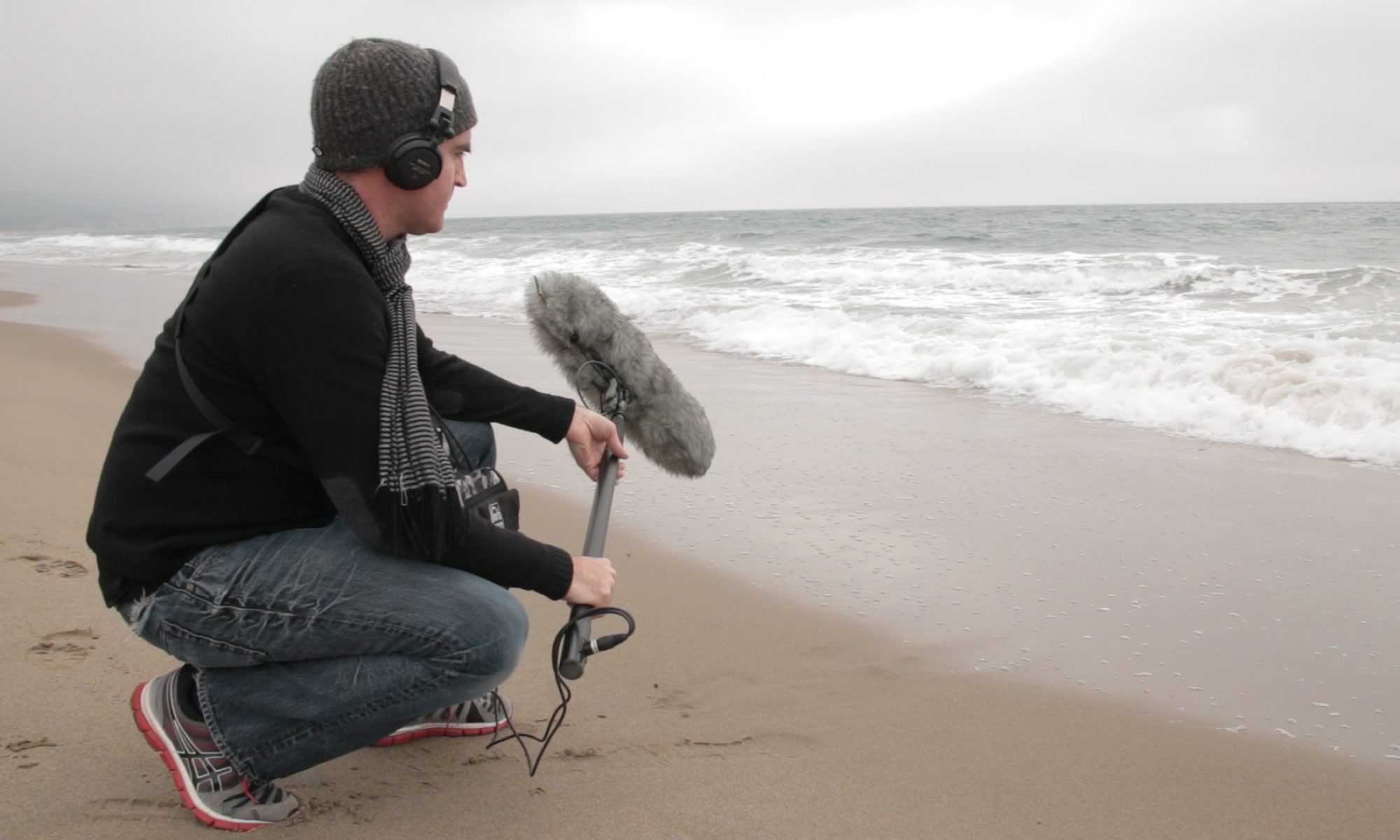Many of my colleagues have moved to what is considered a “modern” grading model in their online and face-to-face courses. Typically, they make a large number of points available that embrace various learning modalities, and then use some fraction of those points to determine the student’s final grade. For example, a course might make available 3000 points distributed across modalities (traditional quizzes and exams, individual and group projects, writing assignments, etc.), with 2000 points required to achieve an “A” grade. While other instructors seem satisfied with this model, I’ve never been willing to make the leap without the addition of one other component: a grade contract. While the grade contract seems to be common in K-12 (especially for students deemed “gifted and talented”) , I haven’t personally witnessed its implementation in my field (Music Technology). Before we jump into that, let’s rewind and talk about my teaching background for a minute.
Before I began teaching at the college level, I spent many years as a technical trainer in the private sector (and I still pick up those gigs occasionally as my schedule permits). The subject matter was audio hardware and software, and the students were typically professionals looking to obtain an industry certification. Aside from the type of student, there was one major difference between those classes and the classes I teach at my college: no grades. As a result, I had never failed ANYONE in a decade of classroom instruction. That’s not to say that every single student passed the relevant certification exam(s), but the vast majority did.
Next, let’s jump ahead to my first college teaching gig; I was hired to teach at a large state university where my students were a mix of degree students and certificate students. The dichotomy between the two groups of students was stark. The degree students were typically younger and more academically skilled, with limited industry experience. The certificate students were typically older and not very strong academically, but frequently possessed work experience (or life experience) that was helpful in these particular courses. For the first time, I had students who aced the class but weren’t really prepared for professional work, and students who achieved a failing grade but definitely gained useful skills that could be immediately applied to their current occupation or could help them to make a move to an adjacent field. At the time, it never occurred to me that I wasn’t being fair to to the certificate students! In hindsight, I feel that the certificate students would’ve benefited from a more flexible grading structure that more accurately assessed their success. But I was coming from a world where grades didn’t exist, and so obviously hadn’t been exposed to other grading models.
So, what about my current role? As I mentioned above, I’ve had a chance to watch some of my colleagues implement other grading models. And I have a fundamental problem with the implementation. You see, without a contract that determines exactly which assessments will be graded, students will tend to complete all of the available assessments. Now, of course, some students will put in the effort to do very well across all of the assessments. But common sense tells us that other students will recognize that mediocre or even poor performance is sufficient to achieve a good grade and will therefore put in a minimum of effort. (I’m continually amazed at how students who don’t don’t apply themselves in the traditional fashion can become incredibly resourceful when it comes to gaming the system!) So, in the example above, that means that a score of 66.6% on every assessment will result in a 100% grade for the class. This idea drives me nuts! From the first time I became aware of this model, I knew more-or-less intuitively that some sort of contact was needed. And, after doing a bit or research, I discovered that a Grade Contract (sometimes known as a “Contract Activity Package”) is almost always used when this grading model is implemented in K-12 programs.
There’s no doubt that implementing Grade Contracts creates more work for the instructor. It falls to the instructor to figure out how contracts will be structured and then assess student success based on the contract. In our online learning management system (which I use as the gradebook for face-to-face classes as well) there is no easy way to manage such contracts and generate an automatic grade for multiple pathways through the available assessments. Regardless, I’m planning to restructure at least one of my courses next year to embrace Grade Contracts. In our LMS, I’ll need to figure out if doing the pre-work to limit access to assessments is more efficient than overlaying the contract on completed assessments at the end of the course. But I do believe that the results will be worth it, and that a more diverse group of students will be able to successfully complete my classes. Wish me luck!
